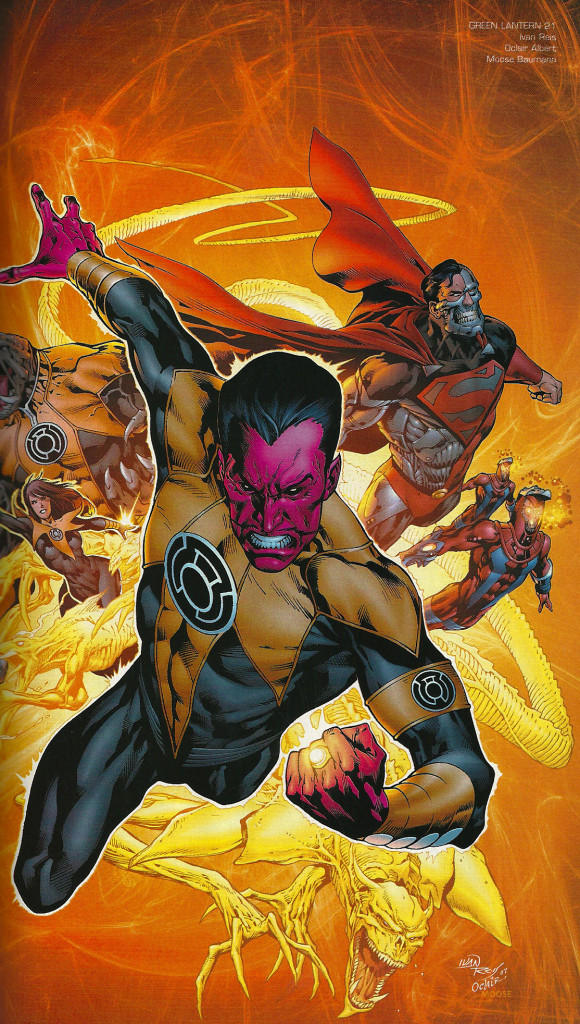‘Unity (1918)’ reaps the harvest of humanity
By Adam Tatelman, Senior Columnist
The latest production from the Douglas College theatre department follows the residents of a tiny Saskatchewan town called Unity during the waning months of 1918, as World War I is coming to an end and an influenza pandemic with a mortality rate close to 20 per cent is sweeping across the globe. Unity goes into a complete lockdown to avoid contamination from outsiders, forbidding public gatherings and waging its own personal war against an invisible enemy, all the while trying to keep its farming community from going bust.
All of the characters populating Unity have something, either in mind or heart, motivating them to keep on living through the squalor—even if all they really have is a fantasy. Beatrice and Mary (played by Ashley Scigliano and Robyn Crawford) await the return of their soldier sweethearts, but one of them doesn’t know her man Glen (Michael Bernard) as well as she thinks. Sissy (Emily Brown) believes that the epidemic is a sign of the apocalypse, and so decides that the whole of the law is “do as you please.” Sunna (Claire Temple), the Icelandic gravedigger, though a pariah in the community, seeks comfort in Stan (Dan McPeake), who grieves the loss of his wife and cares for the child she left behind. Hart (Brendan Saltel), a blinded soldier who’s lost his family,almost never loses his sunny facade. And through it all, Rose and Doris (Allie Melchert and Zoe Frank) have to keep the phone lines running. Each actor brings their own brand of intensity to the roles, uncompromising in their struggle to live their lives as Unity is—quite literally—surrounded by death.
The set invokes Flanders Fields-type imagery (a rather appropriate choice, given the timing with Remembrance Day) with row on row of mausoleum-like gravestones that the play’s action happens on, around, and between, fading away into the distance on a foreshortened backdrop while seamlessly morphing clouds and stars are projected overhead. The “midnight walk through the graveyard” atmosphere is immediately distinct, intensifying as the proverbial herd begins to thin and everyone wonders who might be next. At times, the play almost feels like a horror film where the unstoppable killer is not a psycho or an alien, but rather a multitude of microscopic parasites.
Unity (1918) is about a lot of things: Canadian history, small-town paranoia, veterans’ rights, doomsayers, black humour, and societal collapse among them. Even in the face of adversity though, there is always hope. While that may be difficult to remember as characters drop dead one after the other, this is not a play about the biblical end of days. It is a play about the interminable spark of life that, even when hope becomes a distant memory, simply refuses to be suffocated.
Unity (1918) will run until November 14 in the Laura C. Muir Performing Arts Theatre at the Douglas College New Westminster campus. Tickets are $10 for students and can be purchased at the door or through the Massey Ticket Centre at masseytheatre.com


